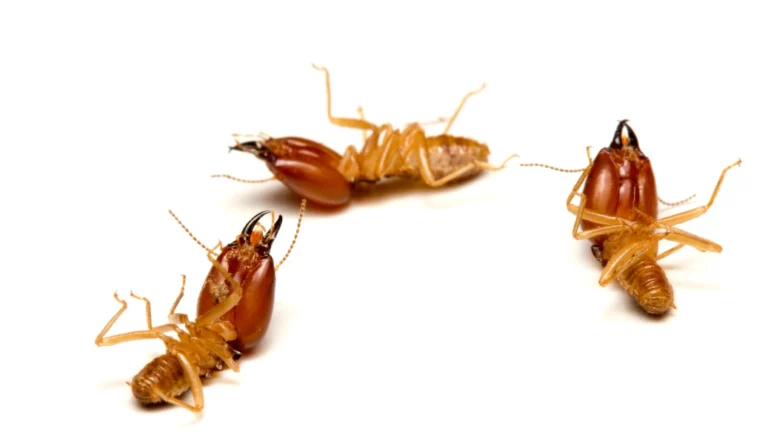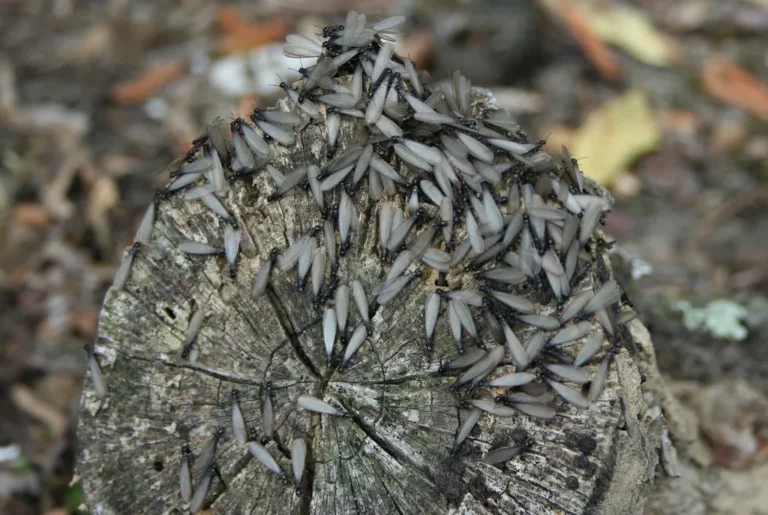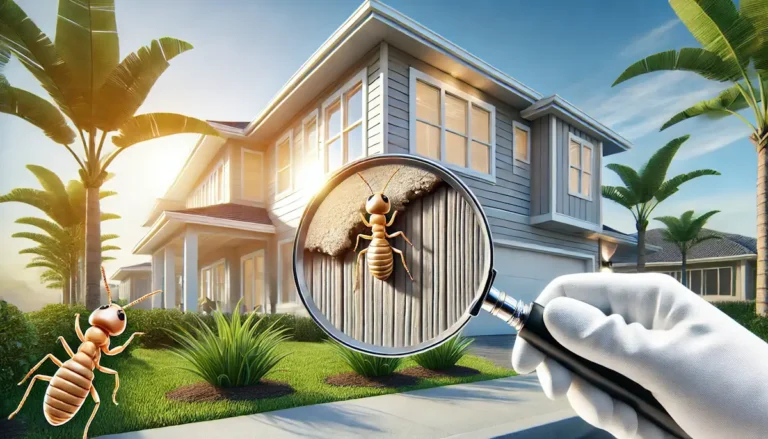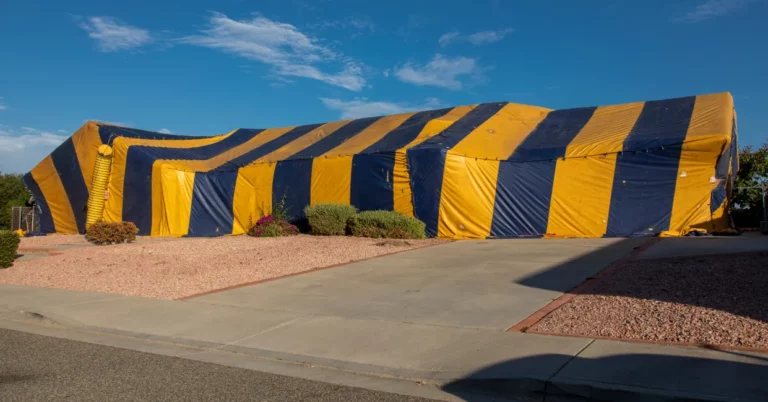Table of Contents
ToggleTermite eggs are typically hidden inside termite colonies, protected inside wooden galleries or mud tubes. It is uncommon to spot them out in the open.
If you come across small eggs resembling insects in or near your house, most likely they aren’t termite eggs. However, if they are indeed termite eggs, it could indicate a problem.
This post aims to help you recognize termite eggs and know what they look like.
To learn more about termites in Florida, check out our blog “Termites in Florida: The Complete Guide to Identification and Control”.
What Do Termite Eggs Look Like?
While there are various shapes and sizes among termite species, their eggs tend to appear similar across the board. As previously discussed in our article on termites, each species has its unique characteristics.
Shape
Termite eggs are small and white, resembling pellets, and have a shiny, translucent exterior. Despite other insect eggs, they don’t have any characteristic dips or dents on their shells.
When it comes to termites, their eggs are usually found in large clusters. These clusters can contain hundreds, if not thousands, of bean-shaped eggs. The eggs themselves can resemble a mound of white powder or even tiny caviar.
Size
Termite eggs are generally small in size.
When eggs are laid, they are about one millimeter in length. However, the embryonic termite inside will cause them to grow up to 1.0 mm in size.
Termite eggs can only be seen with a microscope due to their tiny size.
Different termite species and the queen’s egg-laying capacity determine the size of a termite egg cluster. For instance, subterranean termites and Formosan termites, which are smaller in size, can produce egg clusters containing thousands of eggs. This leads to the formation of massive colonies consisting of millions of termites.
Color
The eggs of termites have a pale, transparent appearance, with a color that usually ranges between white and yellow. White, however, is the most frequently occurring hue.
Depending on their laying time, termite eggs exhibit various colors. The queen’s eggs typically have a yellowish tinge, while subsequent batches usually tend to be closer to white or off-white.
Termite eggs often contain dark-colored ovals or spheres known as “termite balls.” These balls are a type of fungus mixed with the eggs that mimic their appearance and consume the baby termites’ food. They come in various colors, including yellow, white, orange, and brown.
Termite Eggs FAQ
Where Are Termite Eggs Found?
The queen and worker termites protect termite eggs, which are deposited in secure locations within the nest.
Subterranean termites usually lay their eggs at a depth of 4 to 18 inches below the soil because they nest underground. Drywood termites, on the other hand, construct their nests within wooden structures. Their eggs are typically located inside dead tree limbs, wood beams, decks, or furniture.
How Many Eggs Do Termites Lay?
The number of eggs laid daily by a termite queen varies depending on the species and habitat.
The number of eggs that a termite queen lays depends on how long the nest has been established. At first, only a small number of eggs are laid. However, the egg-laying rate increases significantly over time.
Termite queens can survive for a substantial period, laying hundreds of thousands of eggs every year. Homeowners may not be delighted with this information, especially when a neighboring termite colony has multiple fertilized females.
How Long Do Termite Eggs Take to Hatch?
The time it takes for termite eggs to hatch varies based on factors such as the specific species and colony conditions, but typically ranges from a few weeks to several weeks.
Climate and geographic location of the nest are factors that affect the time required for termite eggs to hatch. These insects tend to lay eggs and build nests in warm or humid conditions.
What Do Baby Termites Look Like?
When a termite egg hatches, it begins its life cycle as a nymph. In this stage, the young termite goes through multiple molts before it matures into an adult.
Baby termites often resemble miniature white ants. They can be distinguished from their ant counterparts by their broad waist and two straight antennae.
Their color darkens as they mature and molt.
Conclusion
It can be a challenge to locate and eliminate termite eggs since they are typically buried deep within termite colonies. Removing these eggs without the assistance of a professional may not resolve an infestation entirely. Consulting with a professional is essential when it comes to termite problems since the necessary course of action depends on the magnitude and seriousness of the infestation.
On Demand Pest Control is available to assist with termite issues in the South Florida area. We have years of experience and expertise in termite control, enabling us to offer dependable inspections and treatments.




